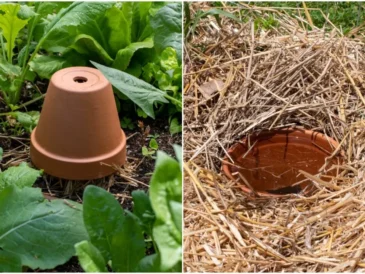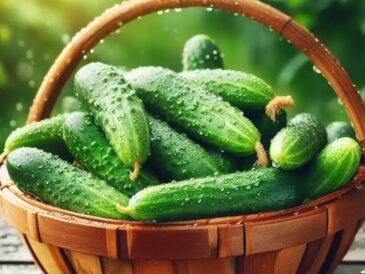4. Planting and Maintenance
Planting: Once the soil is prepared, plant your herbs according to the optimal positioning guide. Space the plants appropriately to allow for growth.
Watering: Water your spiral herb garden thoroughly after planting. Regular watering is essential, especially during the initial growth period. However, avoid overwatering, particularly at the top of the spiral where the soil drains more quickly.
Mulching: Apply a thin layer of mulch around the base of the plants to retain moisture and suppress weeds.
Pruning and Harvesting: Regularly prune your herbs to encourage bushy growth and prevent them from becoming leggy. Harvest leaves as needed, but avoid taking more than one-third of the plant at a time to ensure continued growth.
Pest Control: Keep an eye out for pests such as aphids and slugs. Use organic pest control methods, like neem oil or introducing beneficial insects, to protect your herbs.
Conclusion
Creating a spiral herb garden is an excellent way to grow a variety of herbs in a compact and aesthetically pleasing design. By understanding the unique needs of each herb and positioning them accordingly, you can create an optimal environment for their growth. Whether you’re a seasoned gardener or a beginner, this project is a rewarding and enjoyable way to enhance your garden’s functionality and beauty. With the right care and attention, your spiral herb garden will provide a bountiful supply of fresh herbs for culinary and medicinal use. Happy gardening!




